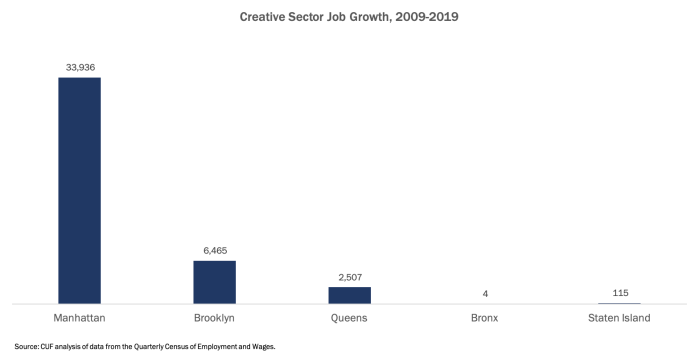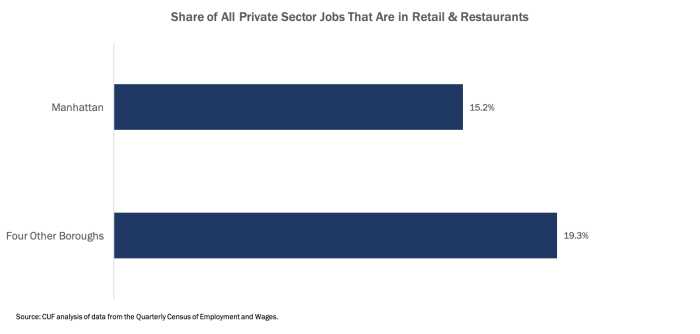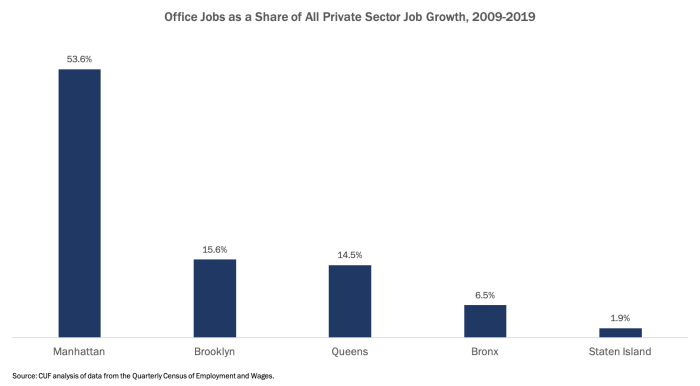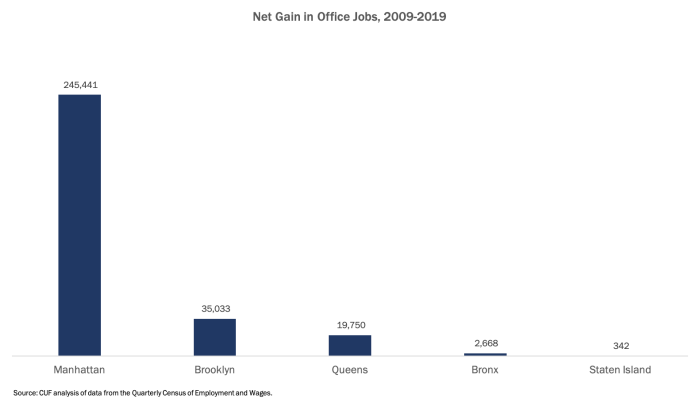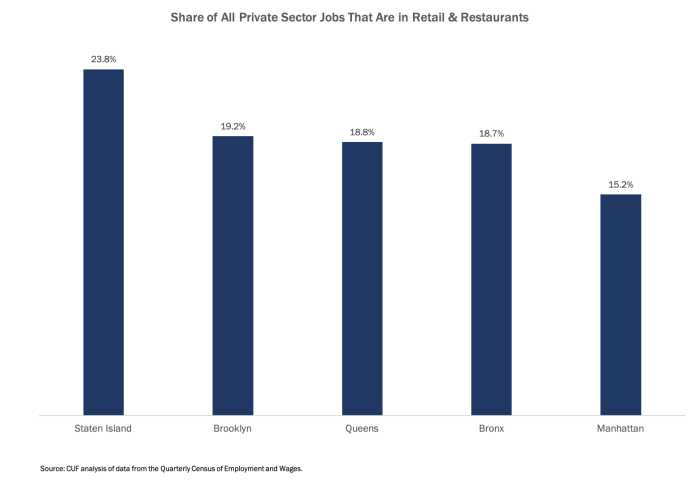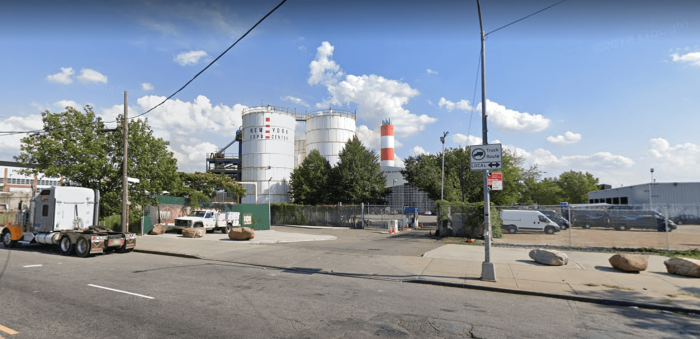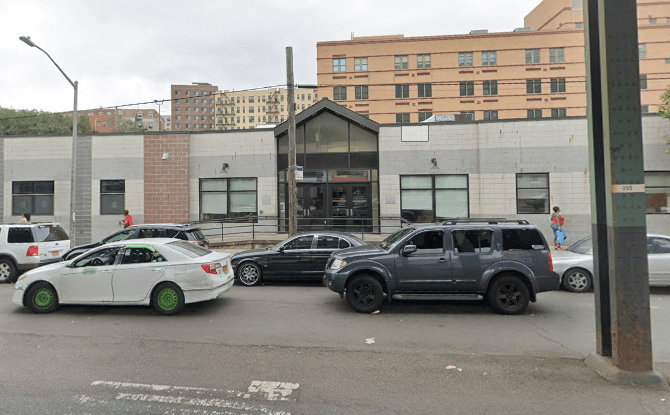With businesses closed and people laid off or furloughed, many might wonder how things will be when the dust settles and life resumes.
One non-profit, the Center for an Urban Future revealed that the coroanvirus will have a devastating economic impact on the Bronx.
The analysis shows that many of the industries suffering the most from efforts to contain the virus—including restaurants, retail, nail salons and other personal care services, childcare services, air transportation and even construction—are overrepresented in Brooklyn, Queens, the Bronx and Staten Island. Over the past decade a larger share of the job gains outside Manhattan were in these hard-hit sectors.
Jonathan Bowles, executive director for the Center, spoke with the Bronx Times about the bleak outlook. Bowles explained that 19 percent of the jobs in the borough are retail and restaurants, most of which are closed.
“The Bronx is particularly vulnerable right now,” Bowles said.
The Boogie Down doesn’t have people living in fancy apartments like Soho or the UWS; many reside in financial and food insecurity. Instead of Wall Street, most neighborhoods are filled with nail and beauty salons, daycares and barbershops. In fact, in 2019, 82.8 percent of the jobs in Manhattan were in an office, while only 2.3 percent in the Bronx.
So, unlike Manhattan, where many people can work from home, most Bronxites can’t. So, who knows if these places will even reopen, Bowles said.
“It’s concerning to me because a lot of these sectors that have already been shedding employees and jobs,” he said. “Many of the people working in these fields are making low salaries and they don’t have a big cushion. It will be very hard for them to survive this.”
Bowles predicts many of these places will go out of business.
Over the past decade, 25.4 percent of all new private sector jobs added outside of Manhattan were in five sectors—restaurants, retail, childcare services, personal care and laundry services, and repair and maintenance, which are all vulnerable in the current crisis. Between 2009 and 2019, these industries accounted for 24.8 percent in the Bronx.
“Obviously I’m hoping for the best,” he remarked. “These small businesses are the lifeblood of NYC. I’m fairly certain that a lot Bronx residents won’t have jobs waiting for them.”
Bowles feels many people will turn to entrepreneurship and there will high unemployment. Furthermore, it may take eight to 10 months for the workforce to get on the right track, he said.
“I don’t expect the economy to get back to normal,” he commented. “I expect there to be a lot of economic panic here and around the city. I’m very worried for New Yorkers.”

